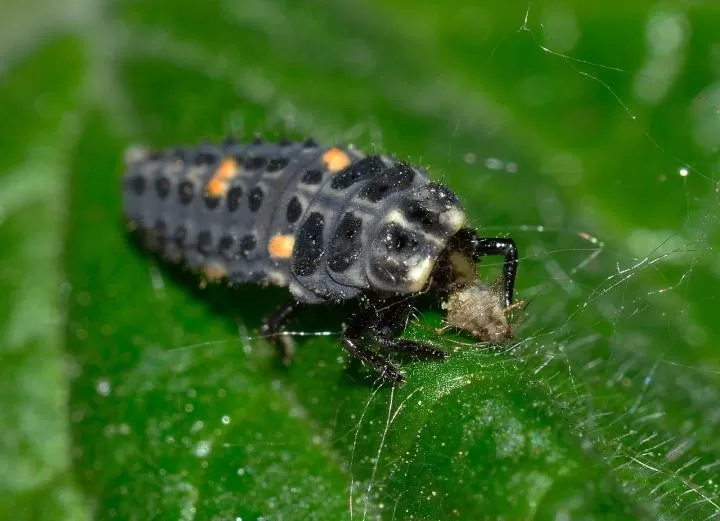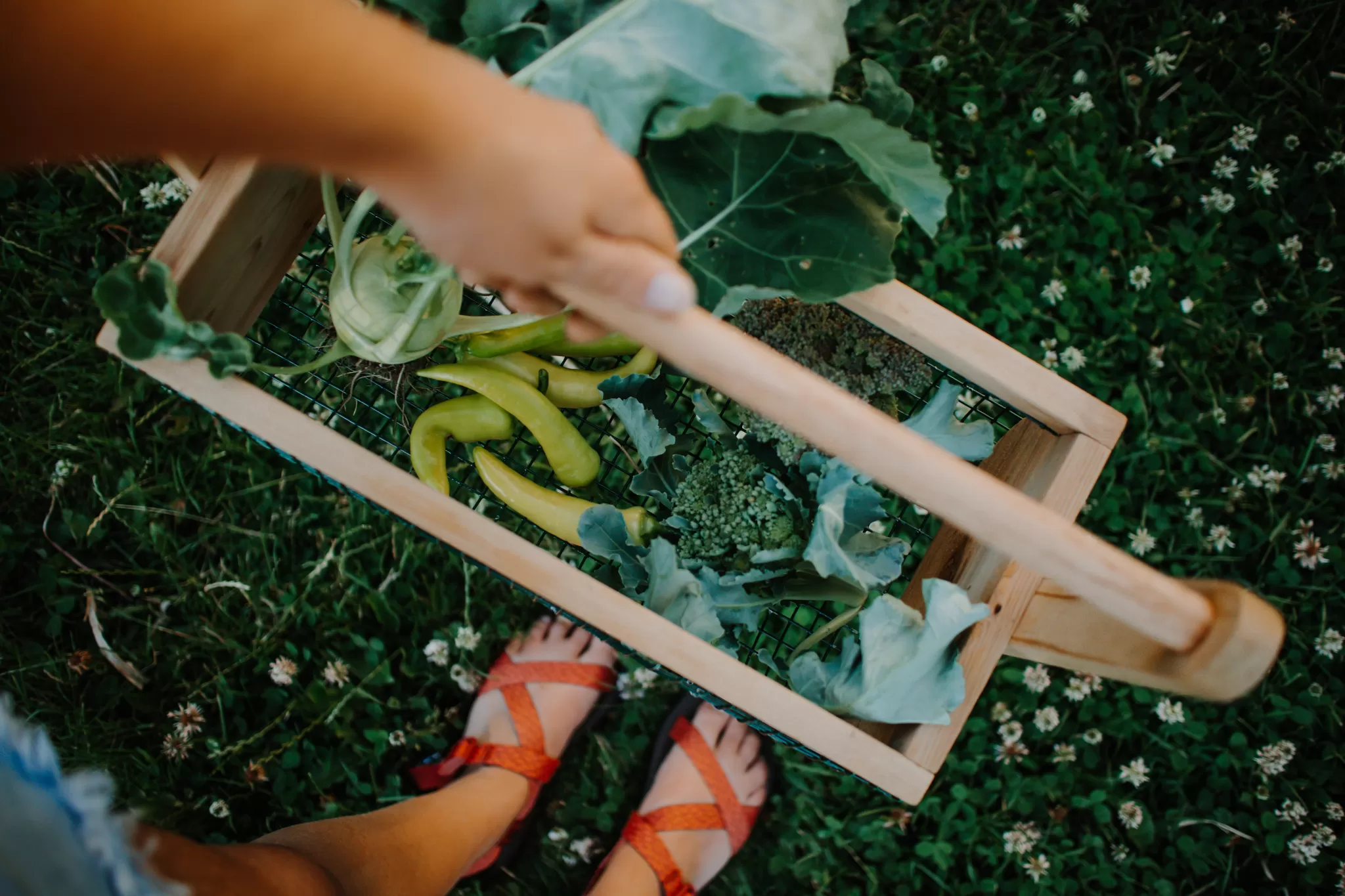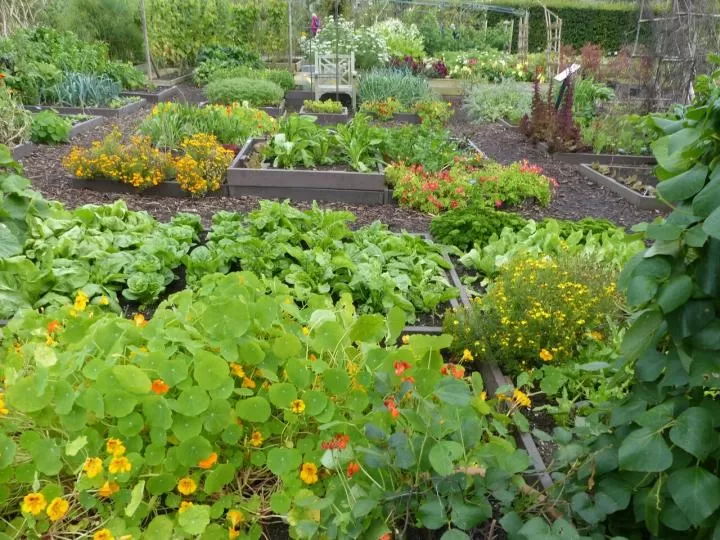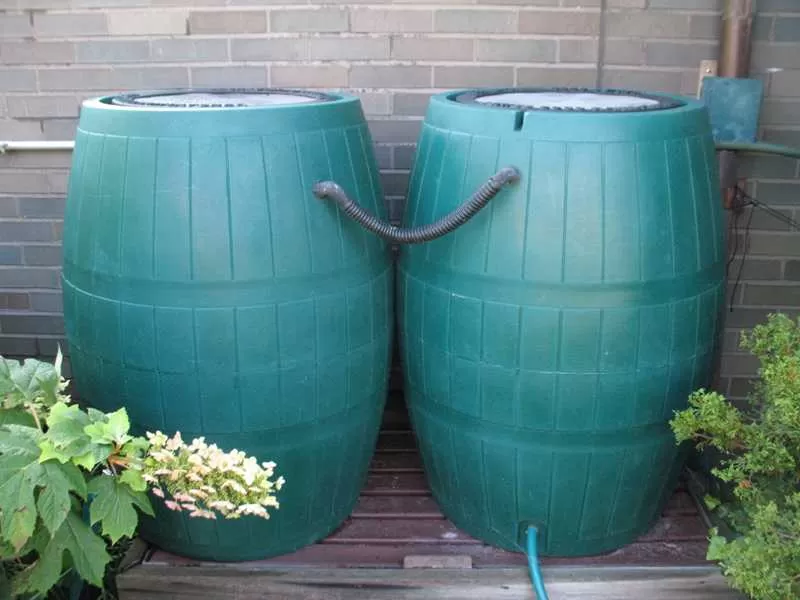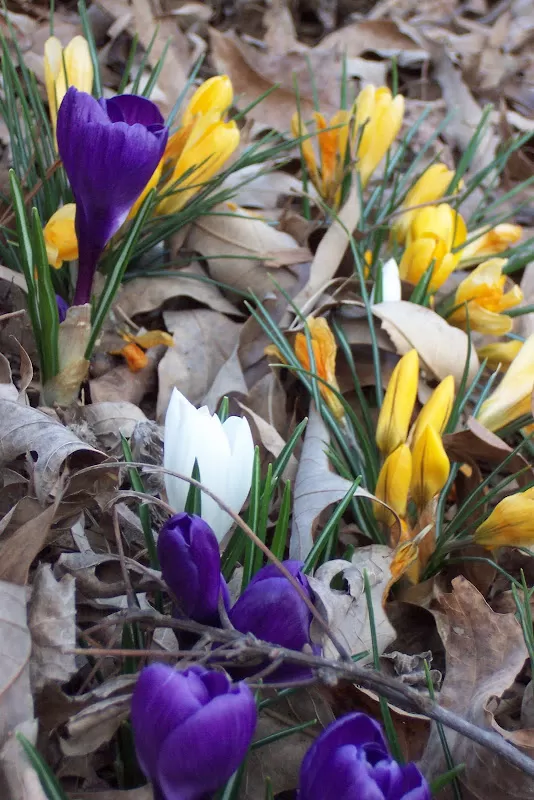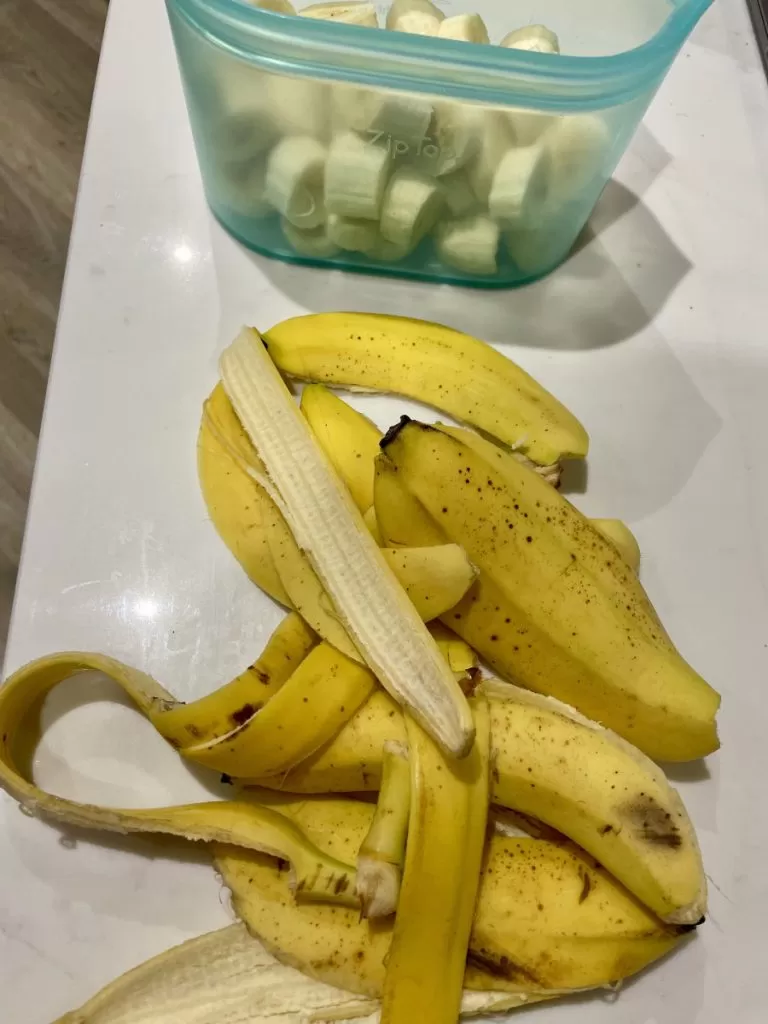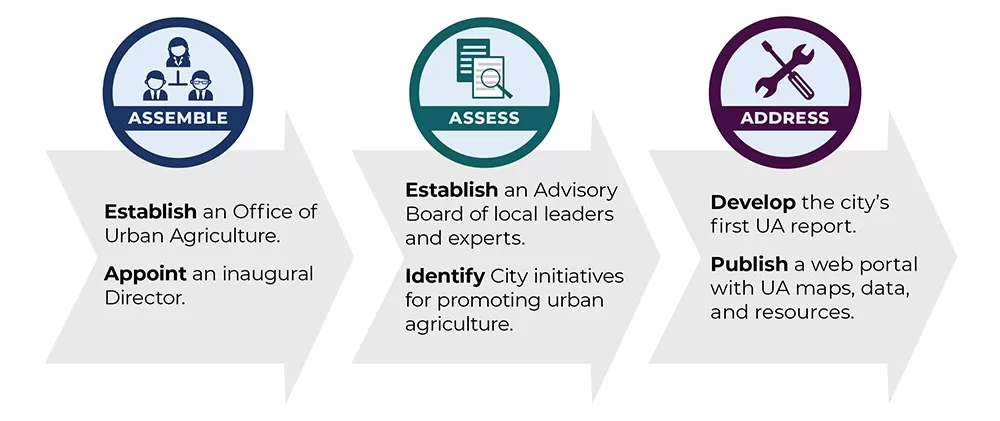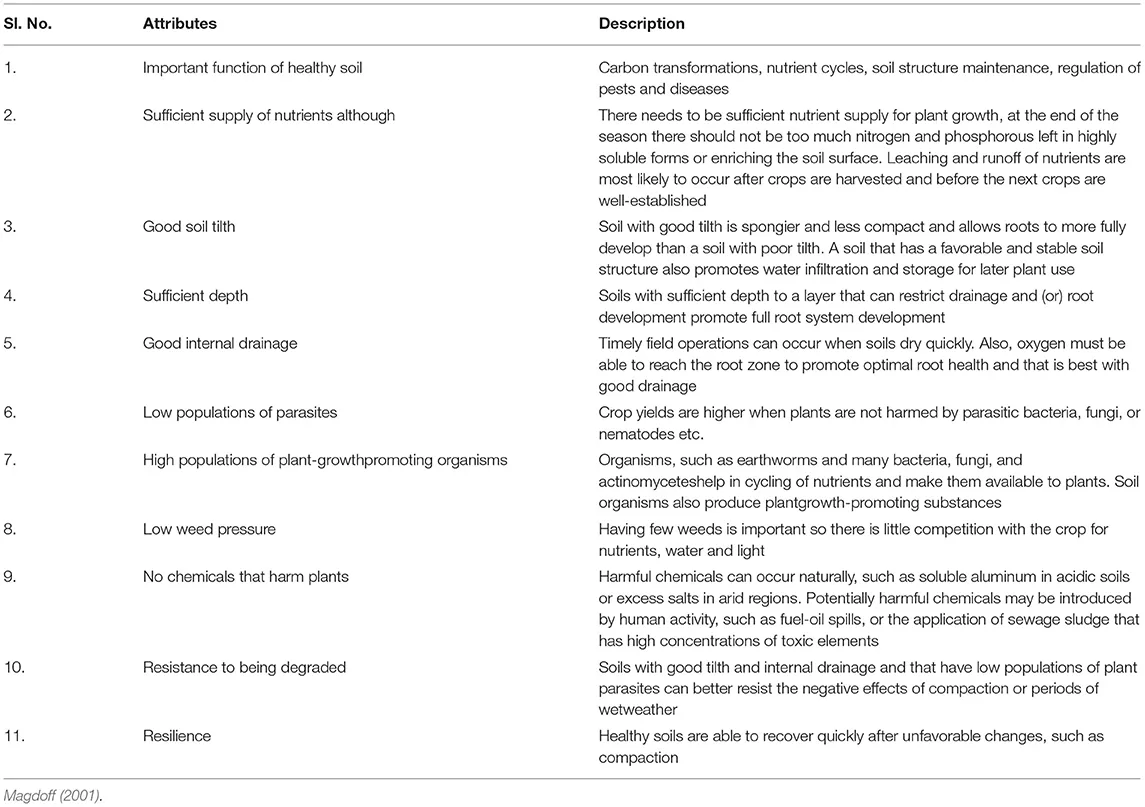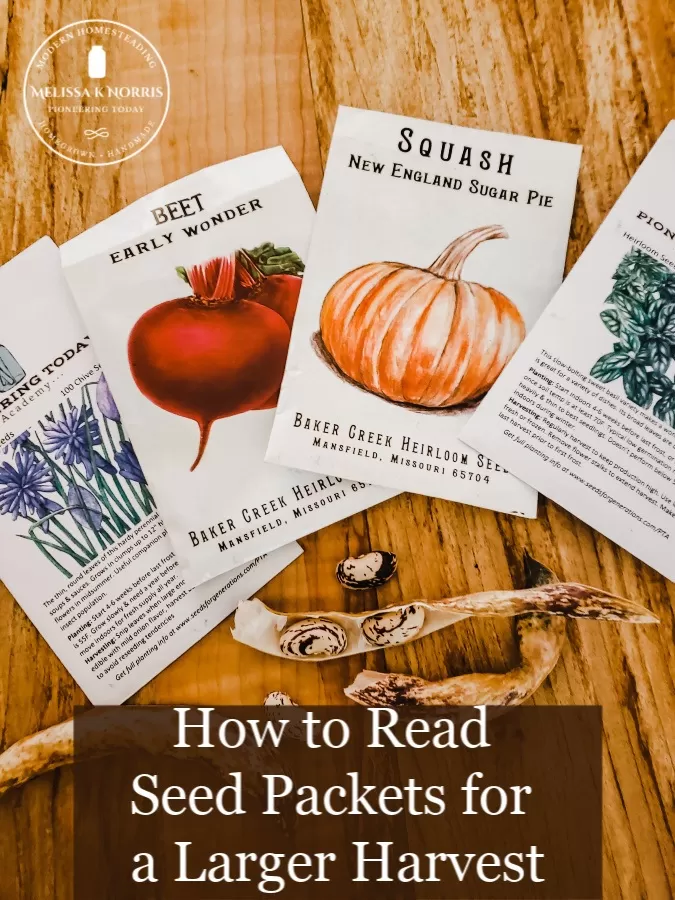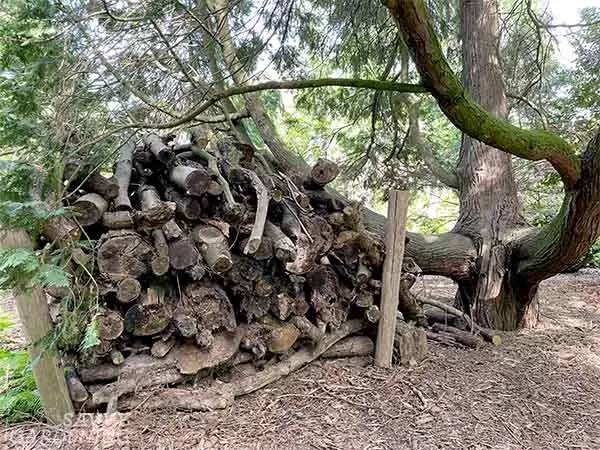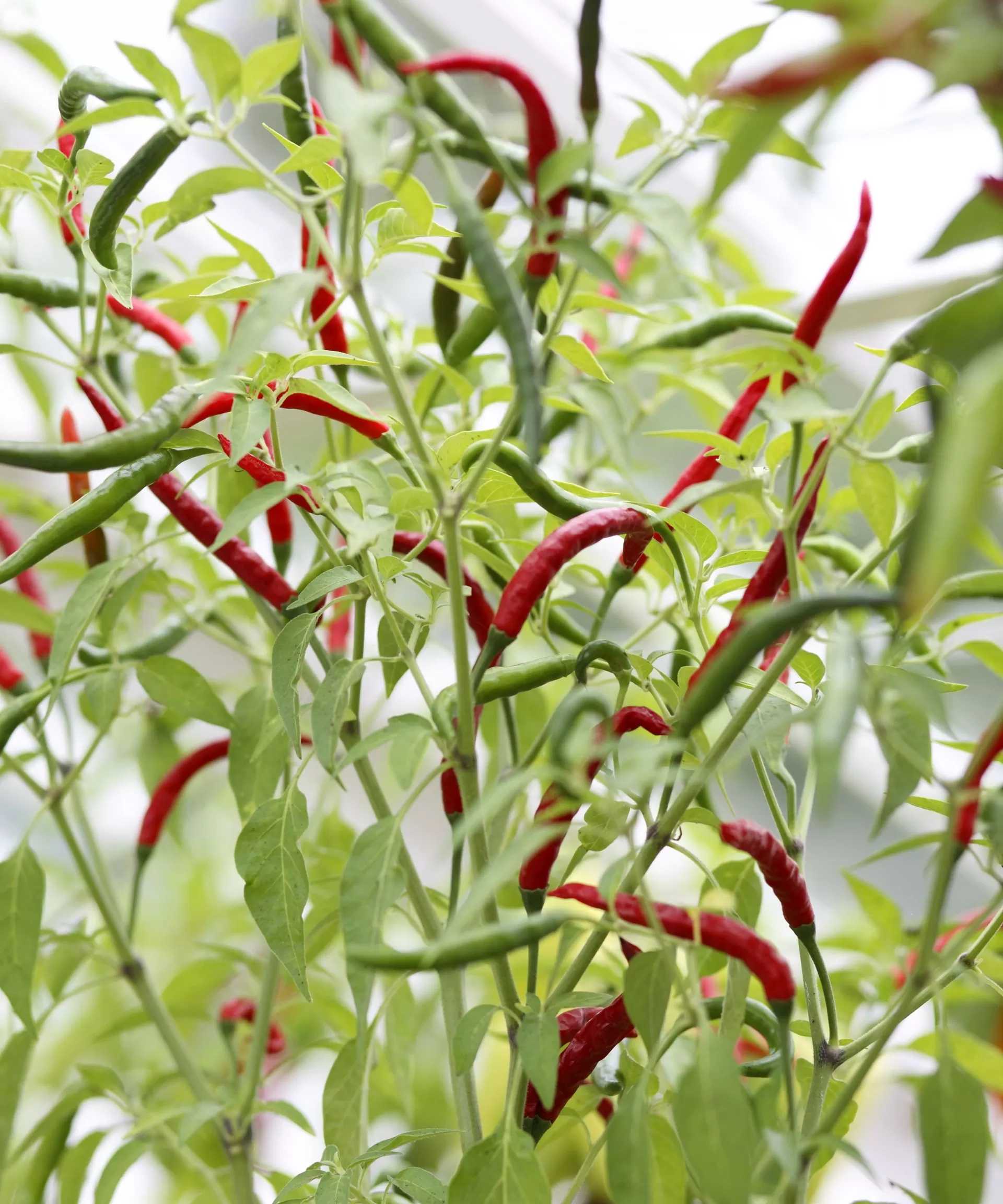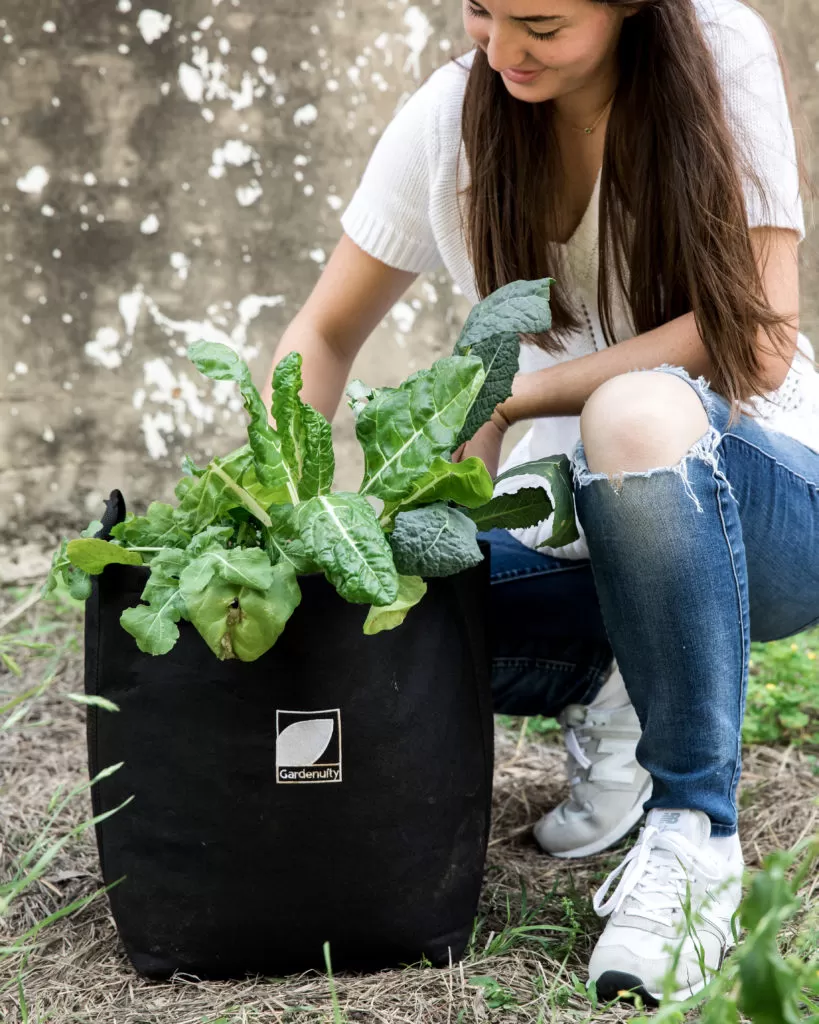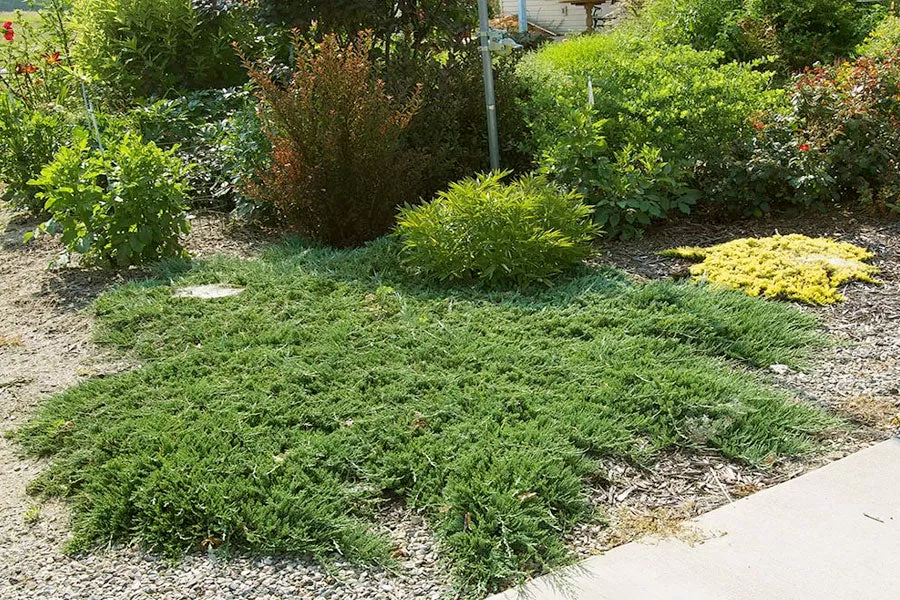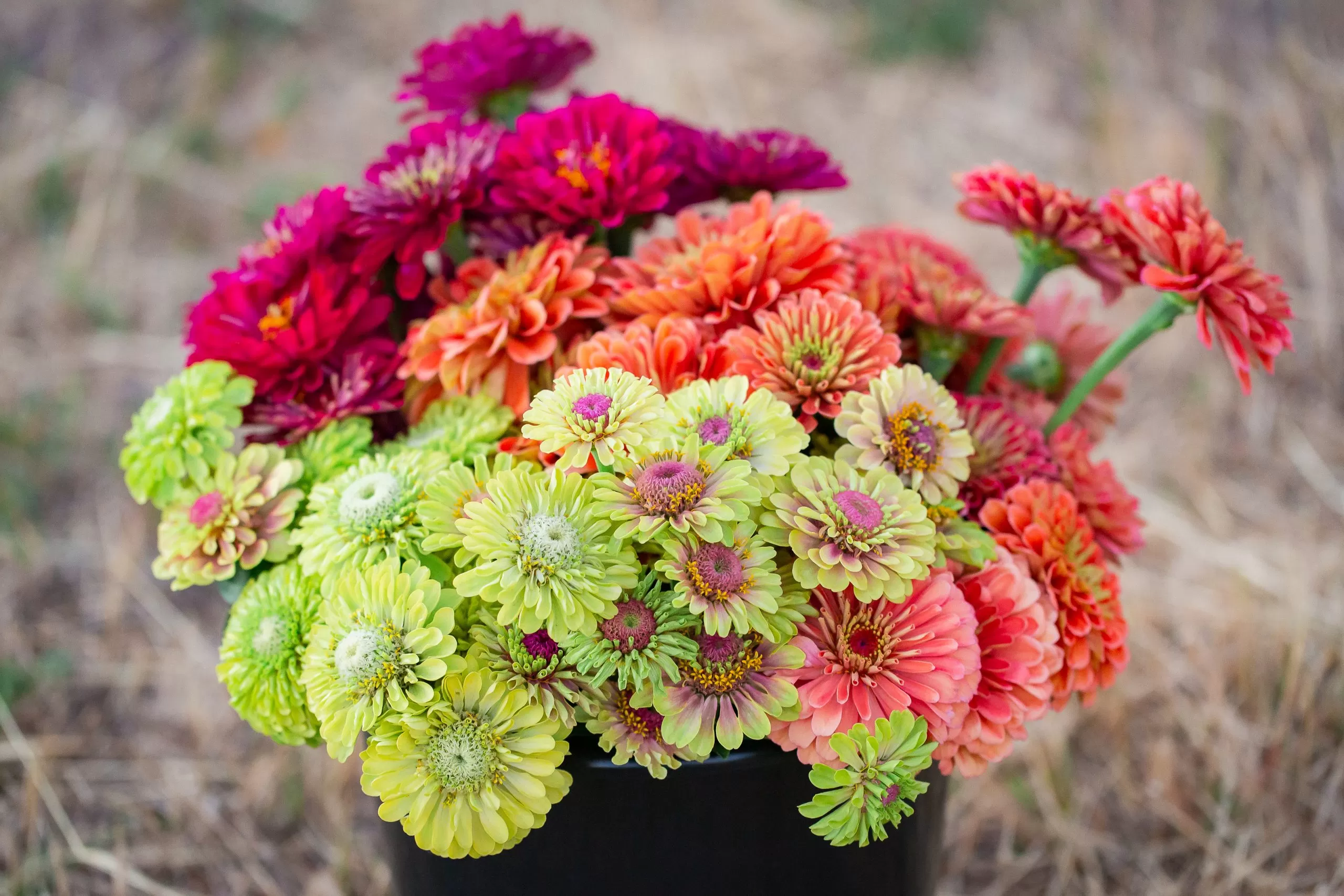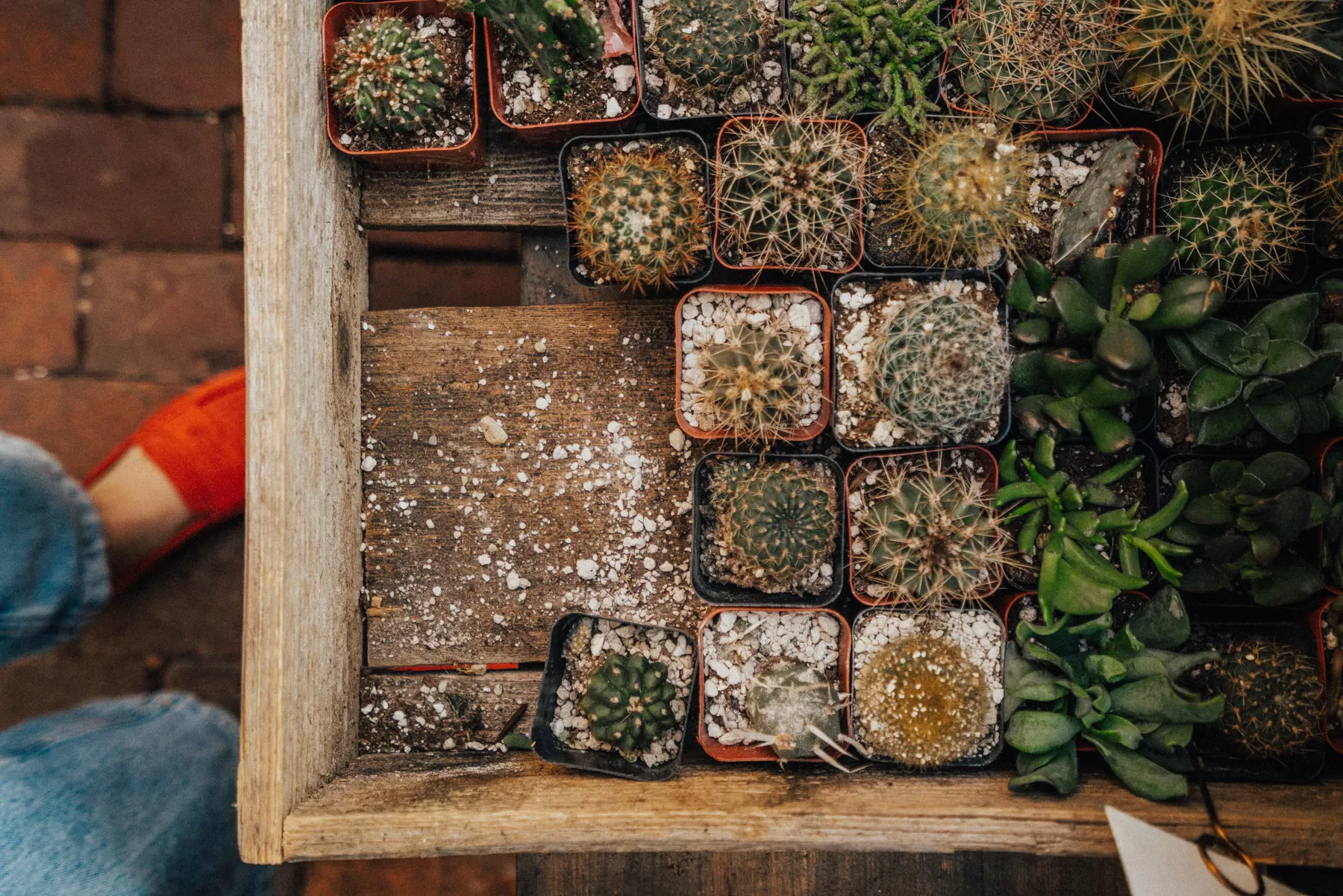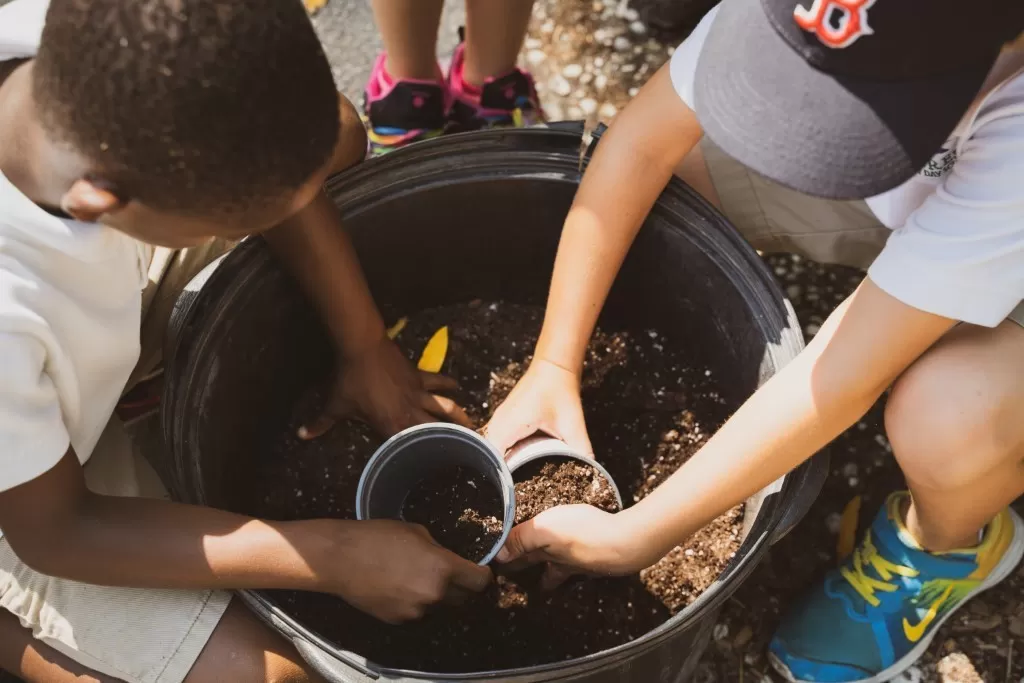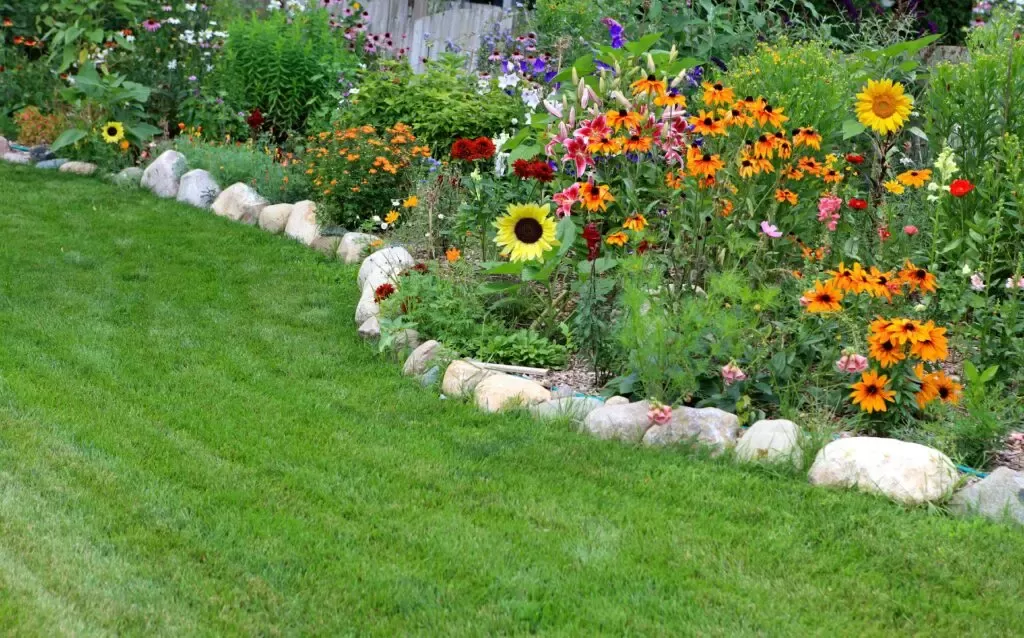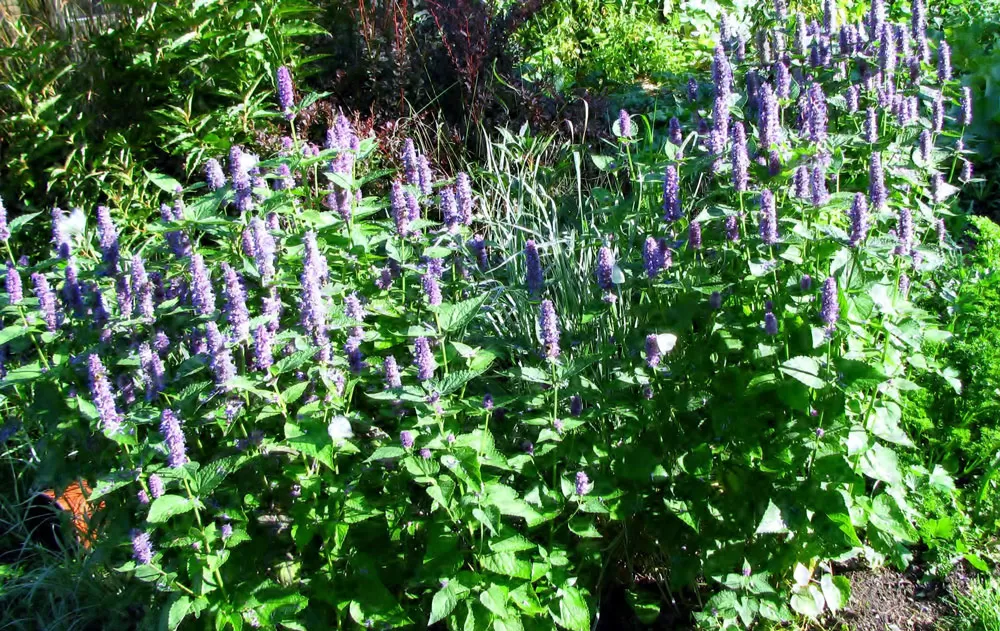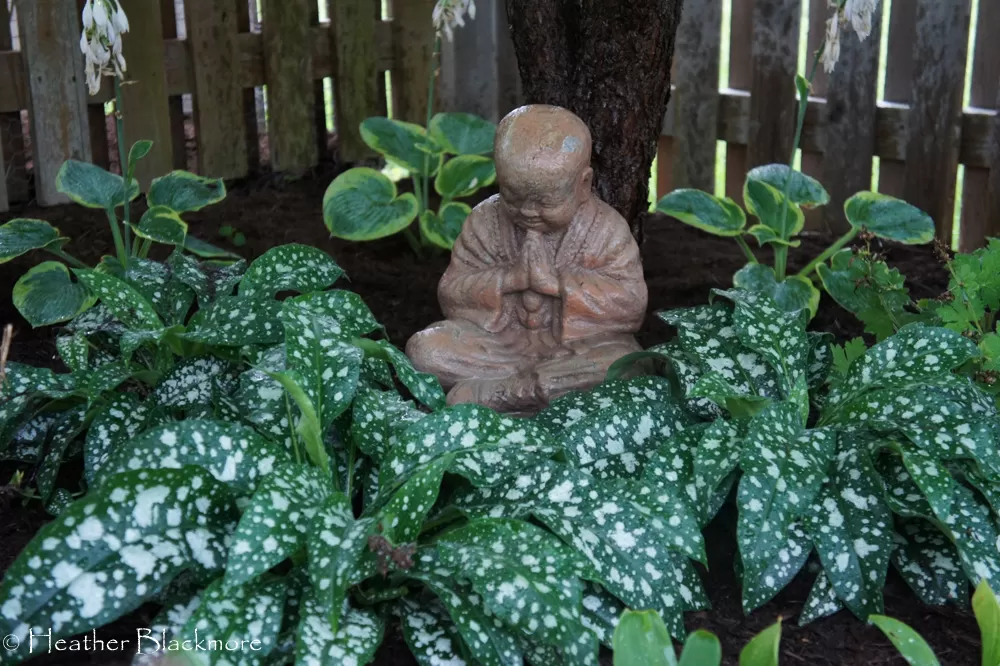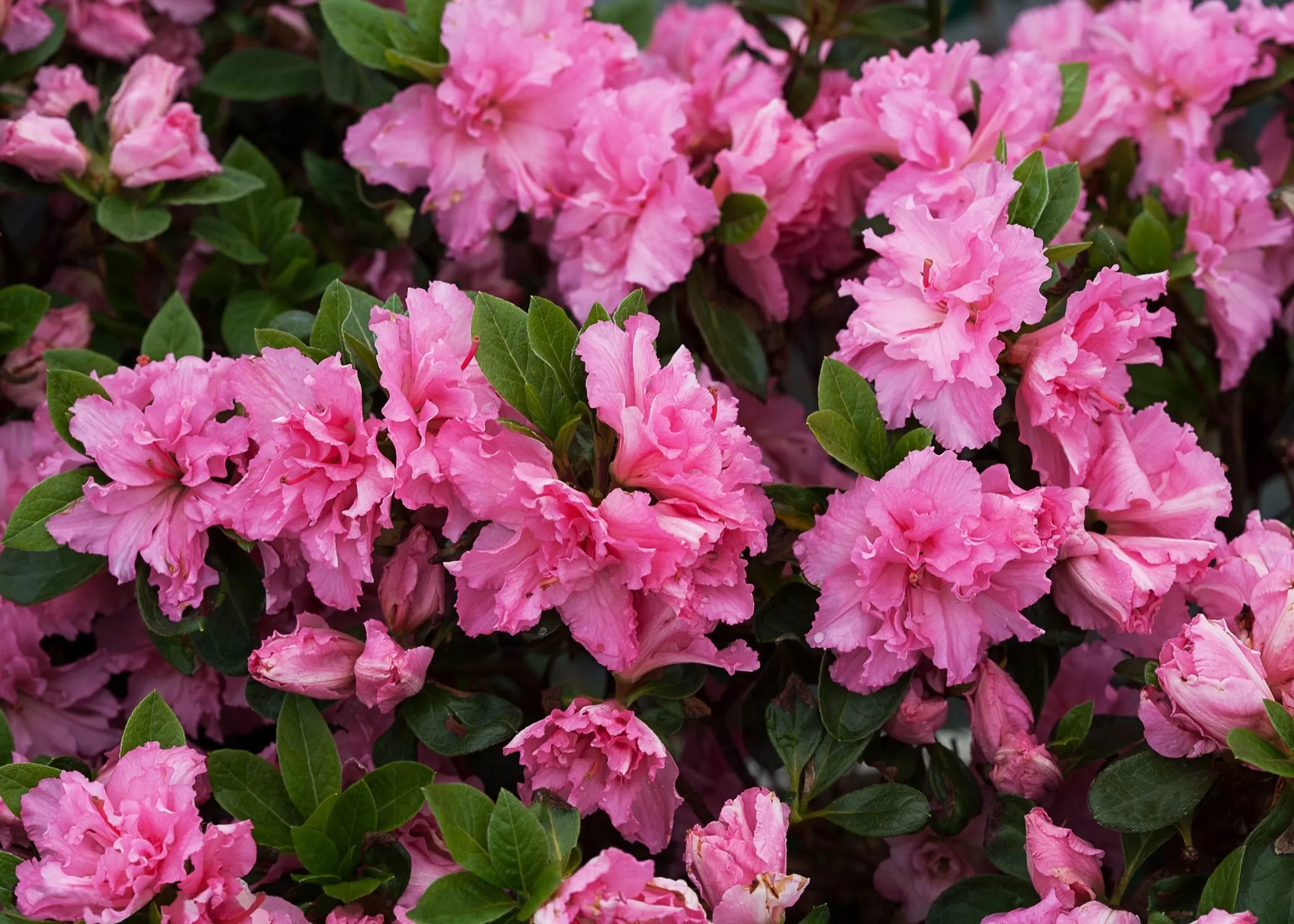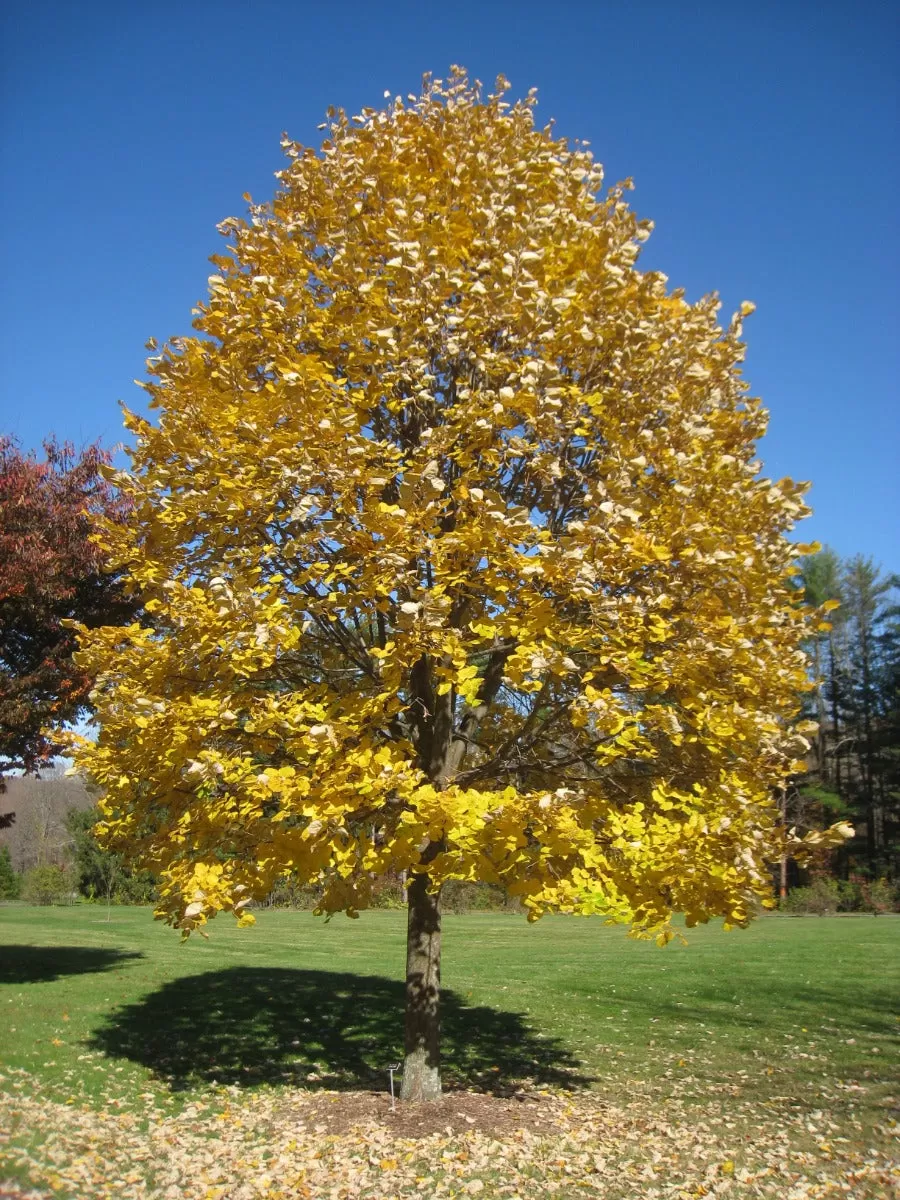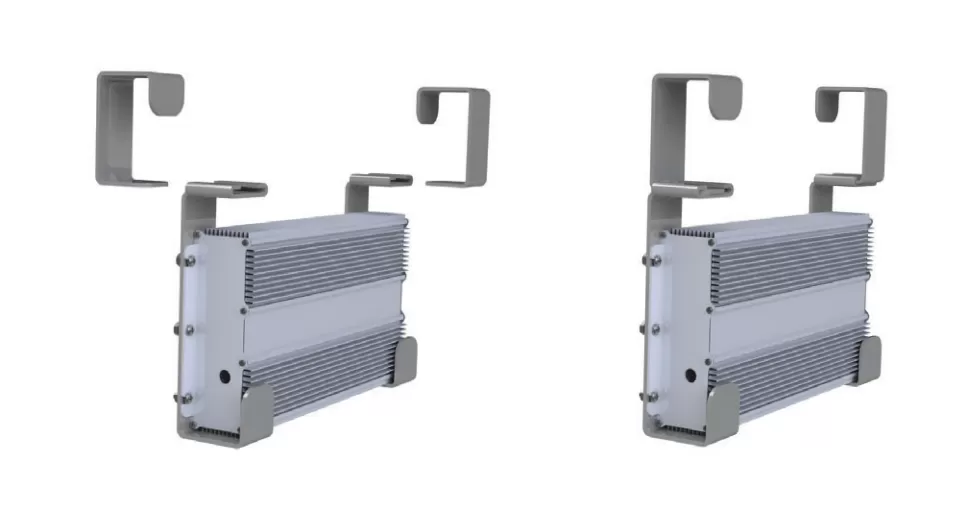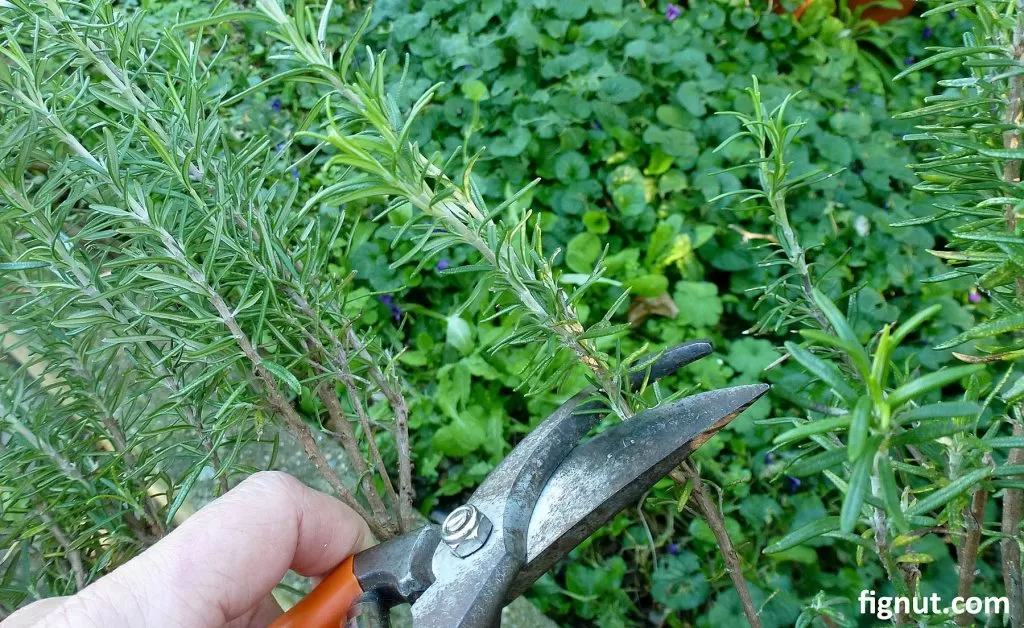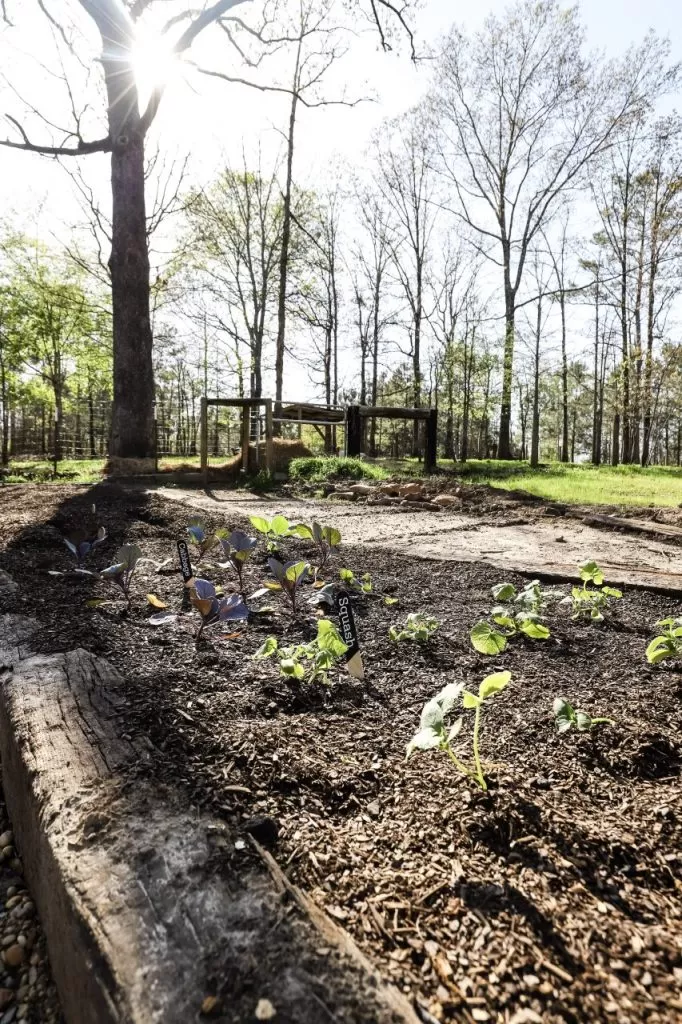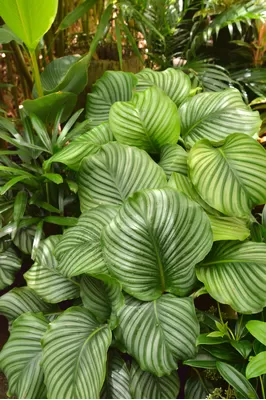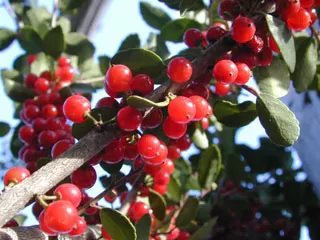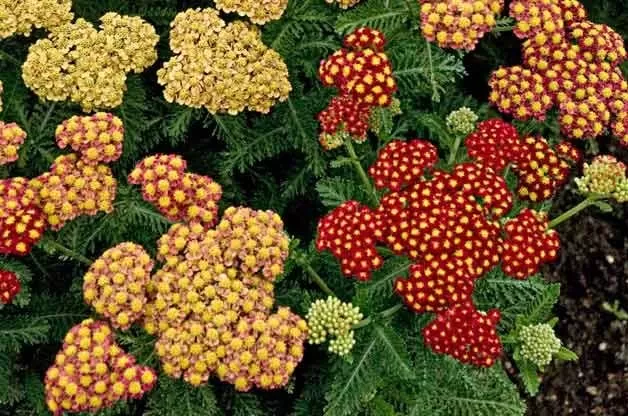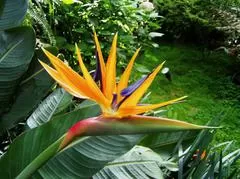- Go Vertical for More Veggies: Pole beans maximize small garden spaces by growing upwards, offering a bigger harvest from a smaller footprint.
- Support is Key: These climbers need sturdy trellises, whether DIY poles, natural companions, or store-bought structures.
- Two Main Types, Two Strategies: Grow for tender green beans (snap beans) requiring frequent picking, or for dry beans that can be interplanted with “living trellises” like amaranth.
- Flavor & Fun: Many gardeners believe pole beans offer superior flavor, and their vining habit adds a delightful visual element to your garden.
- Extended Harvest: Pole beans often produce for a longer period than their bush bean counterparts.
Welcome, fellow garden enthusiasts, to The Little Garden! Are you dreaming of a lush, productive vegetable patch but perhaps feeling a bit squeezed for space? Or maybe you’re just looking to add some charming vertical interest to your garden landscape. Well, have I got a treat for you! Today, we’re diving into the delightful world of pole beans. Learning how to grow pole beans is not just about cultivating a tasty crop; it’s about embracing a smart, space-saving, and incredibly rewarding gardening adventure. Get ready to watch your garden reach for the stars!
Contents
- What Are Pole Beans Anyway? Meet Your Vertical Veggie Stars!
- Why Choose Pole Beans? The Perks of Growing Up!
- Getting Your Pole Bean Patch Ready: The Foundation for Success
- Picking the Perfect Sun-Kissed Spot
- Soil Secrets: What Pole Beans Love
- Essential Gear: Seeds and Supports
- Planting Your Pole Beans: From Seed to Sprout
- When to Plant: Timing is Key
- How to Sow: Giving Your Beans the Best Start
- Reaching for the Sky: Mastering Pole Bean Trellises
- Why Trellising is Non-Negotiable
- Method 1: The Self-Supporting Single Row (with companion potential)
- Method 2: The “Linear Teepee” for Maximum Yield
- Get Creative: Other Trellis Ideas
- Caring for Your Climbing Crop: Nurturing Your Pole Beans
- Watering Wisdom
- To Feed or Not to Feed?
- Keeping an Eye Out: Common Pests and Diseases (briefly)
- The Delicious Divide: Growing Green Pole Beans vs. Dry Pole Beans
- For the Love of Green (String) Beans
- Cultivating Dry Pole Beans: A Different Strategy
- The “Living Trellis”: Interplanting with Amaranth or Sunflowers
- Getting the Timing Right for Support Plants
- Benefits of this Symbiotic Relationship
- Harvesting and Storing Dry Beans
- Extra Perks and Ponderings for Pole Bean Growers
- Conclusion: Your Vertical Veggie Adventure Awaits!
What Are Pole Beans Anyway? Meet Your Vertical Veggie Stars!
Pole beans, unlike their more compact cousins, bush beans, are enthusiastic climbers. They send out twining vines that eagerly seek out support, twirling their way upwards towards the sun. This vining habit is their superpower, allowing them to produce abundantly without demanding a lot of ground real estate.
- Plant Spotlight: Pole Beans
- Scientific Name: Phaseolus vulgaris
- Common Name: Pole Bean, Climbing Bean
- Zone: Typically grown as an annual in zones 3-10
- Light: Full Sun (at least 6-8 hours a day)
- Soil: Well-drained, fertile soil rich in organic matter
- Water: Consistent moisture, especially critical during flowering and pod development
- Growth Habit: Vigorous vining climber, requires sturdy support
Why Choose Pole Beans? The Perks of Growing Up!
So, why opt for these high-achievers over their ground-hugging relatives? The reasons are as plentiful as the beans themselves!
- Space-Saving Superstars: This is the big one! By growing vertically, you can harvest a surprising amount of food from a very small garden bed or even containers. Perfect for urban gardens, balconies, or anyone looking to maximize their yield.
- Bountiful Yields: Generally, pole beans produce more beans per plant than bush beans, and their harvest season often extends longer into the summer and fall.
- Extended Harvest Season: Because they keep growing and producing as long as conditions are favorable and you keep picking, you can enjoy fresh beans over many weeks.
- Flavor and Variety: Many gardeners, myself included, feel that pole beans often have a richer, more “beany” flavor. Plus, you’ll find an incredible array of heirloom varieties with unique colors, shapes, and tastes.
- Easier on the Back: Picking beans from an upright plant can be a lot more comfortable than stooping over bush beans.
Getting Your Pole Bean Patch Ready: The Foundation for Success
A little prep work goes a long way in ensuring your pole beans thrive.
Picking the Perfect Sun-Kissed Spot
Pole beans are sun worshippers! They need at least 6-8 hours of direct sunlight each day to produce well. Choose a location that gets ample sun and, if possible, is sheltered from strong winds, which can batter your trellises and vines.
Soil Secrets: What Pole Beans Love
Like most veggies, pole beans prefer well-drained soil that’s rich in organic matter. Before planting, amend your soil with compost or well-rotted manure. This improves soil structure, drainage, and fertility. A slightly acidic to neutral pH (around 6.0 to 7.0) is ideal.
Essential Gear: Seeds and Supports
Obviously, you’ll need pole bean seeds! Choose a variety that suits your taste and growing goals (green beans, shelling beans, or dry beans). The other crucial component is the support system. We’ll talk more about trellising options soon, but start thinking about what materials you have or can easily acquire – poles, stakes, netting, or even sturdy companion plants.
Planting Your Pole Beans: From Seed to Sprout
With your spot picked and soil prepped, it’s time for the magic moment – planting!
When to Plant: Timing is Key
Pole beans are warm-season crops. They despise cold, wet soil. Wait until all danger of frost has passed and the soil has warmed up to at least 60°F (15°C). This is usually a couple of weeks after your last expected frost date.
How to Sow: Giving Your Beans the Best Start
Plant pole bean seeds about 1 inch deep. How you space them will depend on your chosen trellising method.
- For individual poles: Plant 4-6 seeds in a circle around the base of each pole.
- For linear trellises (like a fence or net): Plant seeds 3-6 inches apart along the base of the trellis.
Water gently after planting and keep the soil consistently moist until germination, which usually takes 7-14 days.
Reaching for the Sky: Mastering Pole Bean Trellises
This is where growing pole beans gets really exciting! Providing a sturdy support system is non-negotiable for these climbers.
Why Trellising is Non-Negotiable
Without support, pole bean vines will sprawl on the ground, leading to lower yields, increased disease problems from poor air circulation, and beans that are dirty and difficult to harvest. A good trellis keeps your plants healthy, productive, and tidy.
Method 1: The Self-Supporting Single Row (with companion potential)
One popular method involves setting individual poles firmly into the ground. I’ve had success making a single furrow down the center of a garden bed, setting poles about 24 inches apart. You can make a deep, narrow hole with a steel bar, insert your pole (tapered ends help!), and pack the soil firmly around it.
- Tip: Run slender horizontal poles or sturdy twine near the tops of the vertical poles, about 6 feet high, tying them to each upright. This adds great stability to the whole structure and allows beans to ramble between poles.
- Companion Planting Bonus: With a single central row of beans, you have space on either side to plant companion crops like broccoli, lettuce, or spinach, especially if the beans get plenty of sun.
Method 2: The “Linear Teepee” for Maximum Yield
For an even more robust and productive setup, try this:
- Set heavy, tall poles (around 8 feet) in a central row, spaced 8-10 feet apart.
- Lash horizontal poles between these uprights at about 6 feet high, creating a “ridgepole.”
- Then, lean additional poles (not quite vertical) from either side of the bed against this ridgepole, lashing them as opposing pairs. The bases of these leaning poles can simply sit in shallow furrows, as they’re secured at the top.
This creates two rows of climbing space and offers fantastic support. While it might not leave as much room for companions directly beside it, you can often sneak in a quick, early crop like radishes or spinach in the center before the beans fully shade the area.
Get Creative: Other Trellis Ideas
Don’t feel limited! You can use:
- String or Netting: Stretch sturdy garden netting or lengths of twine between T-posts or A-frames.
- Existing Structures: Fences, arbors, or pergolas can make excellent bean supports.
- Living Trellises: As we’ll discuss for dry beans, tall plants like sunflowers or amaranth can act as natural supports.
Caring for Your Climbing Crop: Nurturing Your Pole Beans
Once your beans are up and climbing, a little ongoing care will keep them happy and productive.
Watering Wisdom
Pole beans need consistent moisture, especially when they start flowering and forming pods. Aim for about 1 inch of water per week, either from rain or irrigation. Water at the base of the plants to keep the foliage dry and reduce the risk of fungal diseases. Mulching around your plants can help retain soil moisture and suppress weeds.
To Feed or Not to Feed?
If you’ve prepared your soil well with compost, your pole beans might not need much additional fertilizer. Beans, being legumes, can fix their own nitrogen from the atmosphere. However, if your soil is poor or your plants seem to be struggling, a light side-dressing of compost or a balanced organic fertilizer mid-season can give them a boost. Avoid high-nitrogen fertilizers, which can encourage lots of leafy growth at the expense of bean production.
Keeping an Eye Out: Common Pests and Diseases (briefly)
Pole beans are generally quite resilient. Good air circulation (thanks to trellising!) helps prevent many fungal diseases. Keep an eye out for common garden pests like aphids, bean beetles, or spider mites. Often, a strong spray of water can dislodge aphids, and handpicking can manage beetles if caught early. If problems persist, consider organic pest control options.
The Delicious Divide: Growing Green Pole Beans vs. Dry Pole Beans
While the basic growing principles are similar, your strategy might shift slightly depending on whether you’re after tender green beans or mature dry beans.
For the Love of Green (String) Beans
If you’re growing pole beans for fresh eating as green or string beans, frequent harvesting is key to encourage continued production. Pick beans when they are young and tender, before the seeds inside bulge too much. The more you pick, the more the plant will produce!
- A Word on Varieties: While there are many wonderful green pole bean varieties, some gardeners swear by specific ones. For instance, the variety ‘Jimenez’ is often lauded for its heavy yields, long production window, and excellent quality even when pods get a bit large. It can even be used as a shell bean or dry bean. But don’t be afraid to experiment and find your own favorites!
Cultivating Dry Pole Beans: A Different Strategy
Growing pole beans for their mature, dry seeds (like pinto, kidney, or black beans) allows for a slightly different, and rather ingenious, approach to trellising. You can let them mature fully on the vine.
The “Living Trellis”: Interplanting with Amaranth or Sunflowers
One of my favorite techniques, and a truly sustainable one, is to interplant dry pole beans with tall, sturdy crops like grain amaranth or sunflowers. These plants effectively become your trellis! The beans will happily climb them, and you get two harvests from the same space.
- Plant Spotlight: Grain Amaranth
- Scientific Name: Amaranthus spp. (e.g., Amaranthus cruentus, A. hypochondriacus)
- Common Name: Grain Amaranth, Prince’s Feather, Love-Lies-Bleeding (some ornamental types)
- Zone: Typically grown as an annual (hardy in zones 2-11)
- Light: Full sun
- Soil: Well-drained; tolerates average to fertile conditions.
- Water: Moderate; becomes quite drought-tolerant once established.
- Growth Habit: Tall, upright stalks, often with striking flower plumes.
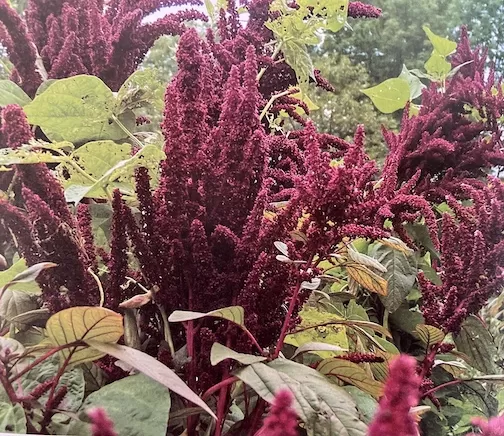 Tall, vibrant amaranth plants serving as a natural trellis for climbing dry pole beans in a home garden, showcasing a symbiotic planting method.
Tall, vibrant amaranth plants serving as a natural trellis for climbing dry pole beans in a home garden, showcasing a symbiotic planting method.
Getting the Timing Right for Support Plants
This is crucial: your support crops (amaranth or sunflowers) need a head start. They are generally more cold-hardy than beans. Plant them a few weeks earlier than your beans. This gives them time to grow tall and strong enough to support the bean vines when they start their climb. Starting amaranth or sunflowers indoors in cell trays can give them an even better jumpstart and protect tiny seedlings.
Benefits of this Symbiotic Relationship
While pole beans grown on living trellises might yield slightly less than those on dedicated “naked” poles due to some shading, the value of the secondary crop (amaranth grain or sunflower seeds) often more than compensates. Plus, the bean vines can help bind sunflower stalks together, reducing lodging in heavy winds. It’s a win-win!
Harvesting and Storing Dry Beans
For dry beans, allow the pods to mature and dry completely on the vine. They’ll turn brittle and papery, and the beans inside will be hard. Harvest the pods before fall rains set in, or pull the entire plants and hang them in a dry, airy place to finish drying. Once fully dry, shell the beans and store them in airtight containers in a cool, dark place.
Extra Perks and Ponderings for Pole Bean Growers
Beyond the basics, here are a few more reasons to love pole beans:
- A Little More Frost Hardy Up High: While pole beans themselves aren’t more frost-resistant, their elevated position means the upper parts of the plant, where most of the later production happens, are often protected from early fall ground frosts. Only the lower leaves might get nipped.
- The Heirloom Allure: Colors and Shapes Galore: The world of pole beans is rich with heirloom varieties. You might find beans in shades of purple, yellow, red-streaked, or speckled, adding not just flavor but visual excitement to your garden and plate. Many of these have been passed down through generations, selected for unique qualities beyond just commercial traits.
Conclusion: Your Vertical Veggie Adventure Awaits!
Growing pole beans is a truly rewarding experience. From the satisfaction of building your own trellises to the joy of harvesting armfuls of delicious beans from a surprisingly small space, it’s a journey that adds beauty, productivity, and a touch of magic to any garden. We’ve covered why pole beans are fantastic, how to get them started, support their climbing ambitions, and care for them, whether you’re dreaming of crisp green beans or hearty dry beans.
Now it’s your turn! Are you ready to try your hand at how to grow pole beans? What are your favorite varieties or trellising tricks? Share your thoughts, experiences, and any questions in the comments below. We love hearing from our Little Garden community! And if you found this guide helpful, please share it with your fellow gardening friends. Happy growing!

